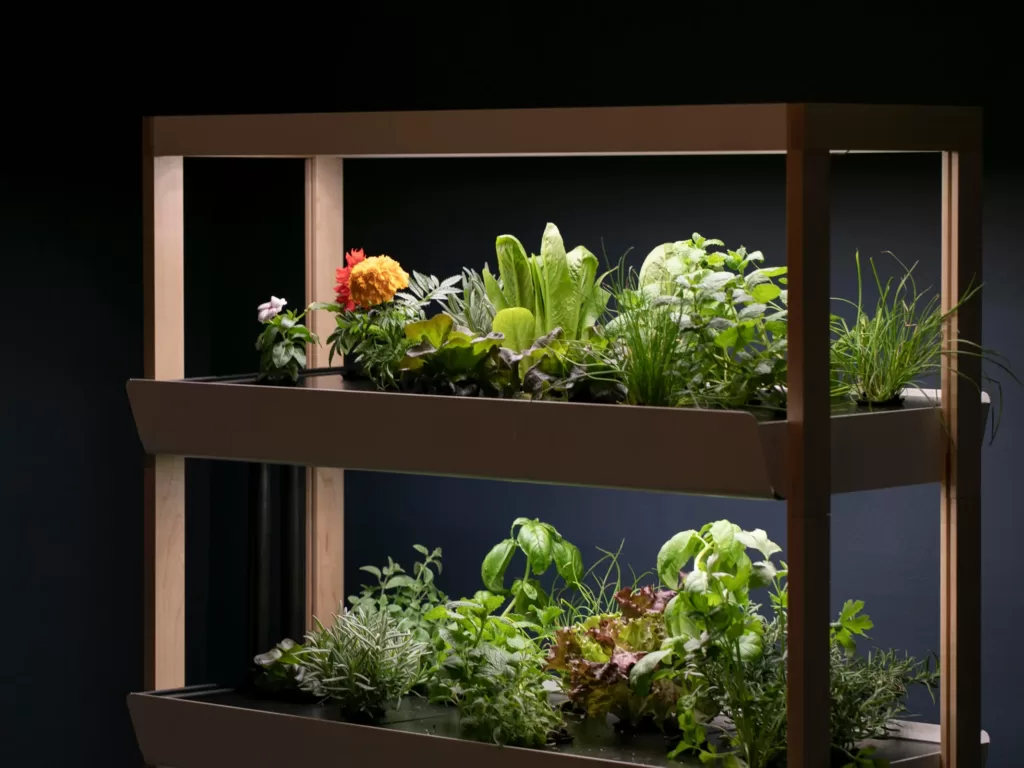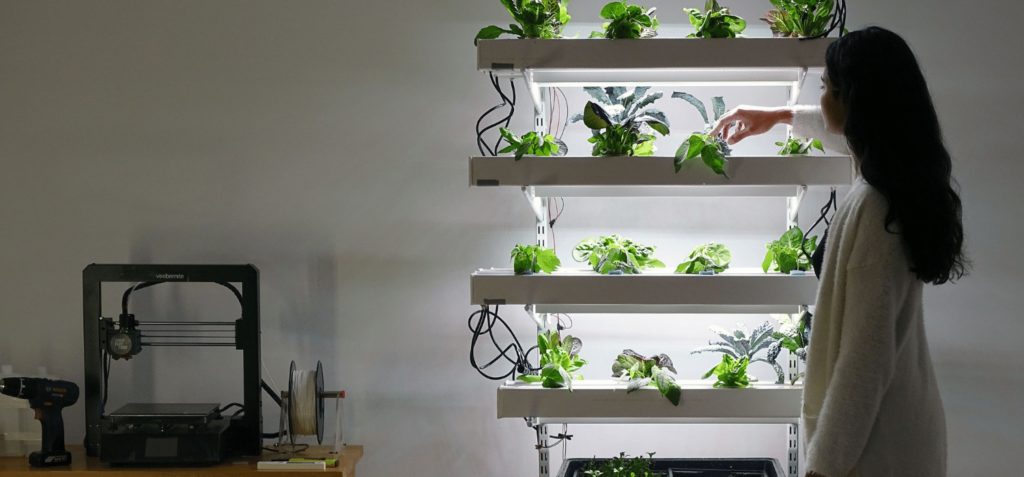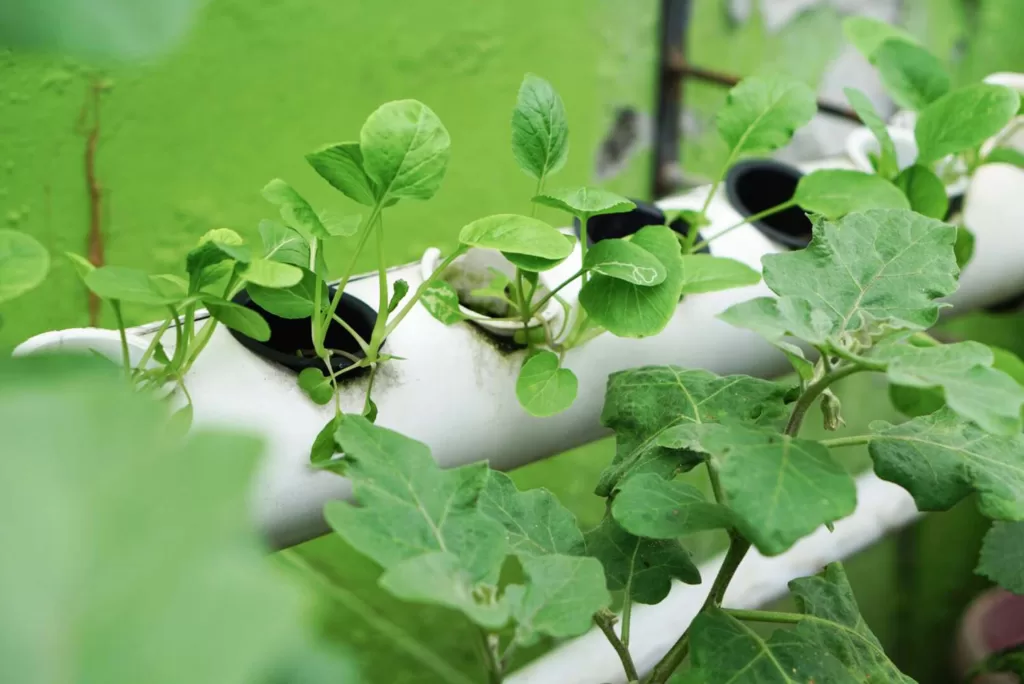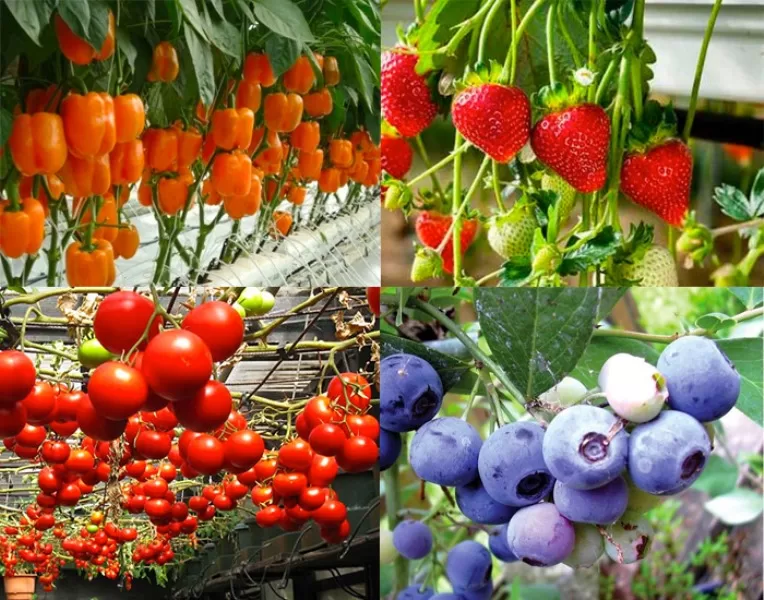In recent years, the popularity of hydroponic gardening has skyrocketed among gardening enthusiasts. Hydroponics offers a revolutionary approach to cultivating plants without the use of soil, making it an efficient and sustainable method of gardening. While pre-made hydroponic systems are readily available in the market, many gardening enthusiasts are turning to DIY hydroponic systems for their numerous benefits. This comprehensive guide aims to walk you through the process of building your own DIY hydroponic setup, allowing you to experience the thrill of growing plants in a soil-free environment.
Understanding Hydroponics for Beginners
To embark on the journey of DIY hydroponics, it is crucial to understand the basic principles of this innovative cultivation technique. Hydroponics involves growing plants in a nutrient-rich water solution without the need for soil. This method promotes faster plant growth, efficient water usage, and the ability to grow crops in limited spaces, making it ideal for urban gardeners and small-scale growers. The section will discuss the advantages of hydroponic systems, such as improved plant health and higher yields, compared to traditional soil-based gardening. Moreover, it will introduce beginners to the different types of hydroponic systems that are suitable for DIY projects, including Deep Water Culture (DWC), Nutrient Film Technique (NFT), and Ebb and Flow systems.
Planning Your DIY Hydroponic System
Before you start building your DIY hydroponic system, careful planning is essential for its success. This section will provide step-by-step guidance on planning your hydroponic setup. Factors such as available space, budget constraints, and the selection of crops will be discussed in detail to ensure that your DIY hydroponic garden aligns with your specific needs and preferences. Additionally, the section will highlight the necessary equipment and materials required for building a successful hydroponic system, such as containers, growing media, nutrient solutions, and pH testing kits.

Building a Simple Hydroponic System
In this section, you will find detailed instructions on constructing a basic and beginner-friendly hydroponic system. We will walk you through the process of assembling the components, providing insights into the different types of systems and the specific materials needed for each one. Additionally, we will discuss the importance of nutrient solutions and maintaining the appropriate pH levels to ensure optimal plant growth and nutrient uptake in your DIY hydroponic garden.
Nutrient Management and Maintenance
Proper nutrient management and regular maintenance are vital for the health and productivity of your hydroponic plants. This section will offer guidance on monitoring nutrient levels and making necessary adjustments to ensure your plants receive the essential nutrients they need. We will also discuss routine maintenance tasks, such as cleaning and inspecting the system, to prevent any potential issues and ensure the smooth operation of your DIY hydroponic setup.
Expanding Your DIY Hydroponic Setup
As your confidence and experience grow, you may want to expand your hydroponic system to accommodate more plants and a broader variety of crops. This section will guide you on how to scale up your DIY hydroponic garden while maintaining stability and optimal plant health. Advanced DIY hydroponic techniques, such as aeroponics and aquaponics, will also be introduced for those seeking to take their hydroponic journey to the next level.
Troubleshooting Common Issues in DIY Hydroponics
Even with careful planning and maintenance, hydroponic gardening can present challenges. This section will provide a comprehensive list of common problems and issues that you may encounter in your DIY hydroponic system. We will discuss how to identify and resolve problems like nutrient deficiencies, root diseases, and pH fluctuations. Furthermore, we will emphasize the importance of preventive measures to safeguard the health of your hydroponic plants.

Customizing Your DIY Hydroponic System
One of the most exciting aspects of DIY hydroponics is the ability to customize your system to cater to specific plant requirements. In this section, we will explore various crops that thrive in different types of hydroponic systems. Additionally, we will offer creative ideas on how to enhance the aesthetics of your DIY hydroponic garden, allowing you to create a visually appealing and productive growing environment.
Building your own DIY hydroponic system offers an exciting and rewarding experience for gardening enthusiasts. By understanding the principles of hydroponics and carefully planning your setup, you can enjoy the benefits of efficient water usage, faster plant growth, and bountiful yields. Remember to embrace the learning process and continuously improve your skills as you embark on your hydroponic gardening journey. Whether you are a novice or experienced gardener, DIY hydroponics opens a world of possibilities for cultivating healthy and thriving plants in a soil-free environment.
Pros and Cons of DIY Hydroponic Systems: Cost, Risks, and Benefits
Hydroponic gardening has gained significant popularity in recent years due to its numerous advantages, such as water efficiency, faster plant growth, and the ability to grow crops in limited spaces. While pre-made hydroponic systems are readily available in the market, many gardening enthusiasts opt for DIY hydroponic systems for various reasons. In this article, we will explore the pros and cons of building your own hydroponic setup, including the associated costs, risks, and benefits.
Pros of DIY Hydroponic Systems
1. Cost-Effectiveness: One of the primary advantages of DIY hydroponic systems is their cost-effectiveness. Building your own hydroponic setup allows you to use easily accessible and affordable materials, significantly reducing the initial investment compared to buying pre-made systems.
2. Customization: DIY hydroponic systems offer the freedom to customize the setup according to your specific needs and preferences. You can design the system to fit the available space, select the types of plants you want to grow, and incorporate creative elements to enhance its aesthetics.
3. Learning Experience: Building a DIY hydroponic system provides valuable hands-on experience in understanding the principles of hydroponic gardening. It allows you to learn about the different types of hydroponic systems and gain practical knowledge about nutrient management, pH balancing, and troubleshooting.
4. Scalability: DIY hydroponic systems can be easily expanded to accommodate more plants and additional growing space. As your gardening skills improve and your interest grows, you can scale up the system to meet your requirements.
5. Accessibility of Materials: The materials required for DIY hydroponic systems are often readily available at local hardware stores or online. This accessibility makes it convenient for gardening enthusiasts to start their hydroponic journey without difficulty.

Cons of DIY Hydroponic Systems
1. Time and Effort: Building a DIY hydroponic system requires time and effort for planning, sourcing materials, and assembling the setup. Depending on the complexity of the system, it may take longer to build compared to purchasing a pre-made one.
2. Technical Knowledge: DIY hydroponic systems demand some technical knowledge and understanding of hydroponic principles. Novice gardeners may need to invest time in research and learning to ensure their system is set up correctly.
3. Trial and Error: As with any DIY project, there is a learning curve associated with DIY hydroponic systems. Beginners may encounter challenges and setbacks during the initial stages, which can be discouraging for some.
4. Potential for Mistakes: Incorrect assembly or nutrient management can lead to plant health issues and reduced yields. It is essential to follow proper guidelines and double-check all components to minimize the risk of mistakes.
Benefits of DIY Hydroponic Systems
1. Sustainability: DIY hydroponic systems promote sustainable gardening practices by using less water compared to traditional soil-based methods. This water efficiency is particularly valuable in areas facing water scarcity.
2. Year-Round Cultivation: Hydroponic systems enable year-round cultivation, allowing you to grow fresh produce even during the off-season or in regions with harsh weather conditions.
3. Space Efficiency: DIY hydroponic systems can be set up in small spaces, making them ideal for urban gardeners or those with limited gardening areas.
4. Higher Yields: Hydroponic gardening typically results in higher yields compared to traditional soil-based gardening, thanks to the optimized nutrient supply and faster plant growth.

Cost of DIY Hydroponic Systems
The cost of building a DIY hydroponic system varies depending on the size, complexity, and materials used. A basic and small-scale hydroponic setup may cost as little as $50 to $100. However, larger and more sophisticated systems may require a higher investment, ranging from a few hundred to a few thousand dollars. Despite the initial cost, DIY hydroponic systems can be a cost-effective investment in the long run, considering the potential savings on grocery bills and the opportunity for year-round harvests.
Risks of DIY Hydroponic Systems
The primary risk of DIY hydroponic systems is the potential for mistakes during the setup and maintenance processes. Incorrect nutrient solutions, pH imbalances, or inadequate support structures can lead to plant health issues or system failure. To minimize these risks, it is crucial to conduct thorough research, follow reliable guidelines, and continuously monitor and adjust the system as needed.
DIY hydroponic systems offer numerous advantages, including cost-effectiveness, customization, and the opportunity to learn about hydroponic gardening principles. While they require some effort and technical knowledge, the benefits of sustainable and year-round cultivation, higher yields, and space efficiency make DIY hydroponics an attractive option for gardening enthusiasts. With careful planning, attention to detail, and a willingness to learn, DIY hydroponic systems can be a rewarding and fulfilling way to grow healthy and thriving plants in a soil-free environment.
Starting Hydroponic Gardening: DIY vs. Ready-Made Systems – Which is Best for Absolute Beginners?
Hydroponic gardening has become increasingly popular among gardening enthusiasts and beginners alike. With the promise of faster plant growth, higher yields, and efficient water usage, hydroponics presents an attractive option for those looking to explore alternative gardening methods. As an absolute beginner, you may wonder whether it’s better to start with a DIY hydroponic system or invest in a ready-made system from shops. In this article, we will weigh the pros and cons of both options to help you make an informed decision.
DIY Hydroponic Systems – The Appeal for Beginners
1. Cost-Effectiveness: DIY hydroponic systems are often favored by beginners due to their cost-effectiveness. Building your own system allows you to utilize easily available materials, reducing the initial investment compared to ready-made systems.
2. Customization: As a DIY enthusiast, creating your own hydroponic setup provides the freedom to customize the system according to your specific needs and preferences. You can design it to fit the available space, select the type of plants you want to grow, and incorporate creative elements.
3. Learning Experience: Building a DIY hydroponic system offers valuable hands-on learning experience. It allows beginners to understand the principles of hydroponic gardening, learn about different types of systems, and gain practical knowledge of nutrient management and pH balancing.
4. Scalability: DIY systems can be easily expanded as your interest and skills grow. You can gradually increase the complexity of the setup to accommodate more plants and experiment with different hydroponic techniques.
5. Accessibility of Materials: The materials required for DIY hydroponic systems are often available at local hardware stores or online, making it convenient for beginners to start their hydroponic journey without difficulty.

Challenges of DIY Hydroponic Systems for Beginners
1. Technical Knowledge: Building a DIY hydroponic system demands some technical knowledge of hydroponic principles, which may be challenging for absolute beginners. Novice gardeners may need to invest time in research and learning.
2. Trial and Error: As with any DIY project, there is a learning curve associated with DIY hydroponic systems. Beginners may encounter challenges and setbacks during the initial stages, which can be discouraging for some.
3. Time and Effort: Constructing a DIY system requires time and effort for planning, sourcing materials, and assembling the setup. Depending on the complexity, it may take longer to build compared to buying a ready-made system.
Ready-Made Hydroponic Systems – Convenience for Beginners
1. Easy Setup: Ready-made hydroponic systems are designed for easy setup, making them ideal for beginners who prefer a hassle-free gardening experience.
2. Plug-and-Play: Most ready-made systems come with detailed instructions and components that are ready to use, eliminating the need for technical knowledge or construction.
3. Pre-Configured: Ready-made systems are pre-configured with the necessary components for efficient hydroponic gardening, ensuring that beginners have everything they need to get started.
4. Reduced Risk of Mistakes: As the systems are designed by experts, the risk of mistakes in nutrient management, pH balancing, and system construction is minimized.
Drawbacks of Ready-Made Hydroponic Systems for Beginners
1. Cost: Ready-made hydroponic systems can be more expensive than DIY setups due to manufacturing and branding costs.
2. Limited Customization: While some ready-made systems offer flexibility, they may not provide the level of customization that DIY systems offer.
3. Dependency on Instructions: Beginners may become overly reliant on instructions, missing out on valuable learning experiences in hydroponic gardening.
Choosing the Right Path
Ultimately, the decision between a DIY hydroponic system and a ready-made system depends on your preferences, budget, and willingness to invest time in learning. For those seeking a cost-effective and customizable option, DIY hydroponic systems offer a rewarding learning experience. On the other hand, beginners who prioritize convenience and simplicity may find ready-made systems more suitable for their needs. Whichever path you choose, remember that hydroponic gardening is an exciting and rewarding journey that allows you to grow healthy, fresh produce in a sustainable manner.





